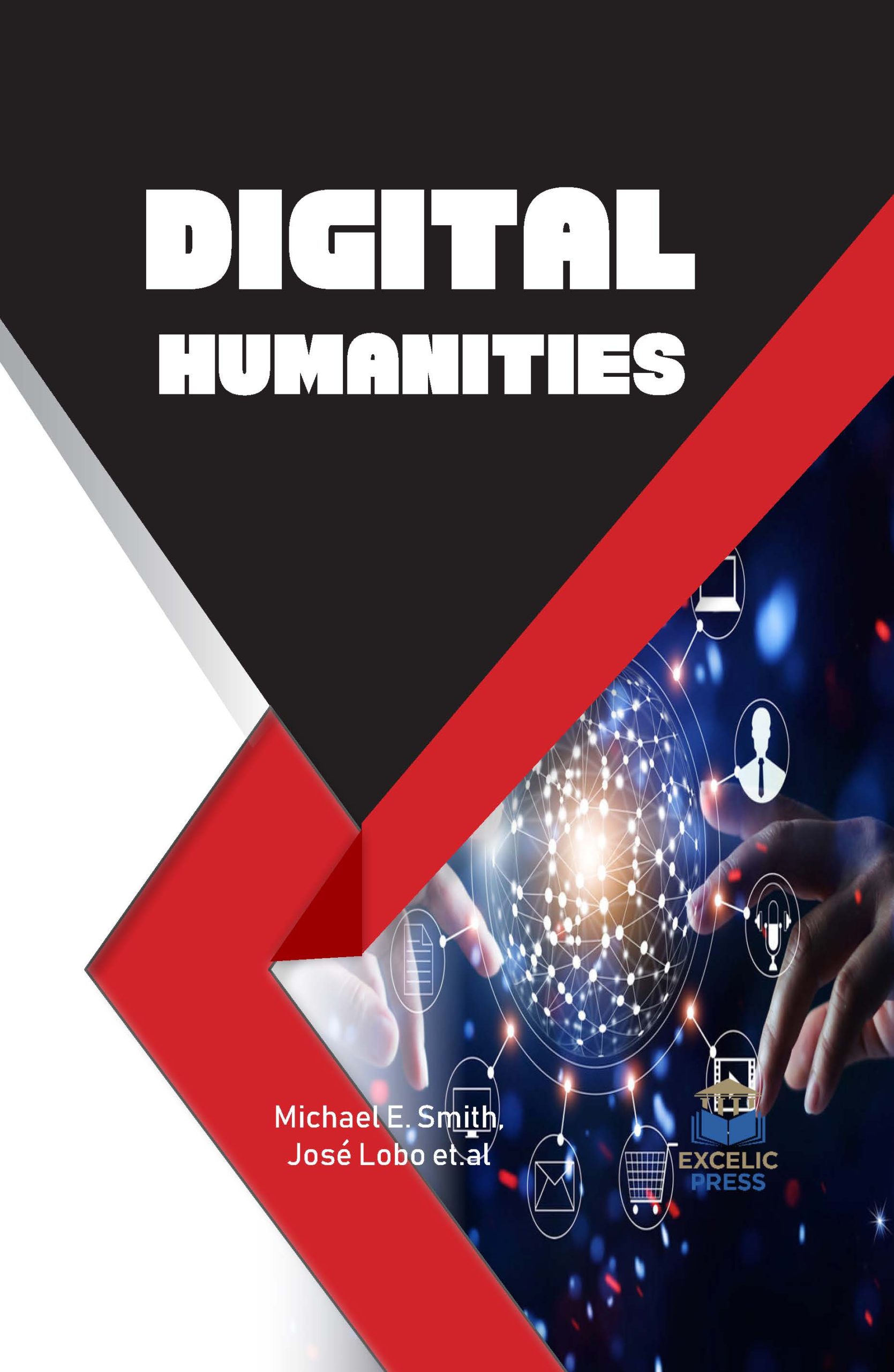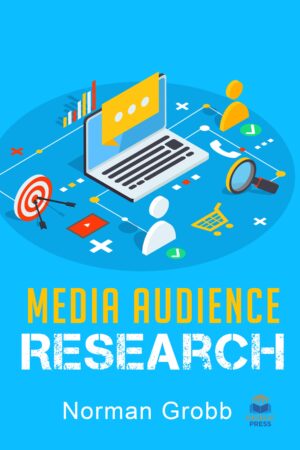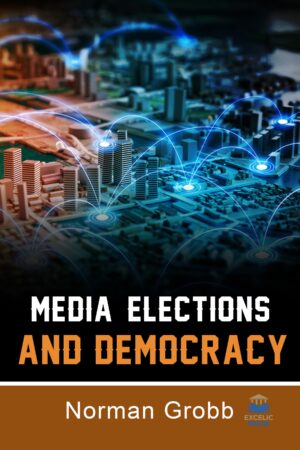Description
Digital Humanities can be loosely defined as the adoption of a variety of quantitative methodologies for humanities study. In the early nineties, scholarship for digital humanities formed under the umbrella of a variety of academic organizations devoted to what was then widely referred to as humanities computing. Such organizations brought together scholars from various fields interested in developing computational approaches for commonly established scholarships in the field of humanities. Humanities are currently witnessing a transition close to what occurred in the life sciences twenty years ago, with the processing and centralization of genomic data. New analytical methods, very broad repositories, and emerging interactive technology are reshaping the fields of humanities and opening up new avenues for science and education. The Digital Humanities discipline discusses the potential of these modern methodologies and, conversely, the academic traditions fostered by these emerging technologies. The implementation of computational methods aims to complement existing humanities research rituals and develop new methodological avenues, such as text analysis and encoding; archiving and curing; mapping and GIS; and modeling of archaeological and historical data.
This book compiles state-of-the-art coverage on a wide range of areas of humanities in the digital age. The aim of this book is to explore the field labeled as ‘digital humanities’ to understand the meanings associated with it from the perspectives of humanities scholars in various disciplines. It also investigated how ICTs support the research and scholarly discourse of humanities scholars as well as how such scholars perceive new media. The content covered in this book includes cities through the ages; a new kind of relevance for archaeology; large-scale urban prototyping for responsive cities: a conceptual framework; trajectories to low-density settlements past and present: paradox and outcomes; measuring language distance of isolated European languages; using digital tools to explore the geography of the industrialization. In recent years, with the rapid development of the information age and the wide dissemination of information technology knowledge, and the diversified development of the art field has also been promoted at the same time. The difference between professional and traditional education in digital art design education is a great challenge and change that modern innovative education will face. In this context, digital media art design education is facing a phase of adjustment. Based on the current situation of digital media art design education, this book analyzes the influence and existing problems of digital media art in contemporary art design education, including the confusion of teaching mode, the deficiency of knowledge construction system, and the aging of course content.
The field of Spatial Humanities has advanced substantially in the past years. The identification and extraction of toponyms and spatial information mentioned in historical text collections have allowed its use in innovative ways, making possible the application of spatial analysis and the mapping of these places with geographic information systems. Therefore, the book concludes by evaluating NER Tools in the Identification of Place Names in Historical Corpora.




